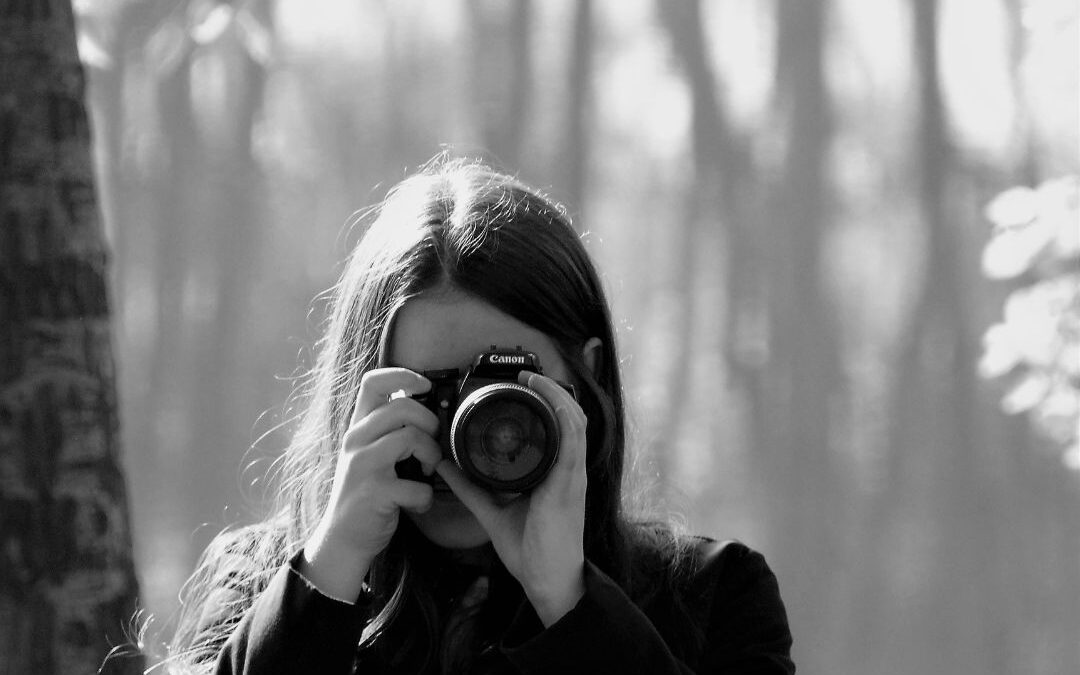What Do You Do in Art Photography?
Unlike commercial photography, which often focuses on selling products or services, art photography emphasizes personal expression and the exploration of visual aesthetics. In this blog post, we will delve into what you do in art photography, covering its purpose, techniques, and the journey of an art photographer.
Understanding Art Photography
It aims to convey a message or evoke emotions through visual imagery. This genre allows photographers to express their unique perspectives on the world around them. Whether capturing landscapes, portraits, or abstract forms, art photography invites viewers to interpret the work in their own way.
The Purpose of Art Photography
The primary purpose of art photography is to communicate ideas and feelings. Photographers often use their work as a medium for storytelling or social commentary. For instance:
- Personal Expression: Many photographers create art that reflects their inner thoughts and experiences.
- Cultural Commentary: Some use their lens to highlight societal issues or cultural phenomena.
- Aesthetic Exploration: Others focus on the beauty of form, color, and light without any specific narrative.
By understanding these purposes, one can appreciate how diverse and multifaceted art photography can be.
Techniques in Art Photography
Creating compelling art photographs involves mastering various techniques that enhance both the aesthetic quality and emotional impact of the images. Here are some key techniques used in art photography:
Composition
Composition refers to how elements are arranged within a photograph. A well-composed image draws the viewer’s eye and creates a sense of balance. Techniques such as the rule of thirds or leading lines help photographers create visually appealing compositions.
Lighting
Lighting plays a crucial role in setting the mood for an artwork. Natural light can create soft shadows and highlights that add depth to an image. Alternatively, artificial lighting allows for more control over how subjects are illuminated. Understanding how different lighting conditions affect mood is essential for any aspiring art photographer.
Color Theory
Color can evoke specific emotions; therefore, understanding color theory is vital in art photography. Photographers often choose color palettes that align with their intended message—warm colors may convey energy or passion while cool colors might evoke calmness or sadness.
Post-Processing
Post-processing involves editing photographs after they have been taken using software like Adobe Photoshop or Lightroom. This stage allows photographers to refine their images by adjusting exposure, contrast, saturation, and more—transforming a good photograph into an exceptional piece of art.
The Journey of an Art Photographer
Becoming an accomplished art photographer requires dedication and continuous learning. Here’s what this journey typically entails:
Finding Your Voice
Every artist has a unique voice—a signature style that sets them apart from others. For photographers, finding this voice may involve experimenting with different subjects (like landscapes vs portraits), styles (documentary vs abstract), and techniques until they discover what resonates most with them.
Building a Portfolio
A strong portfolio showcases your best work and demonstrates your artistic vision. It serves as your calling card when seeking exhibitions or collaborations with galleries and other artists. Curating your portfolio carefully ensures it reflects your growth as an artist while highlighting your unique perspective on life through your lens.
Networking with Other Artists
Art photography thrives within communities where artists share ideas and support one another’s endeavors. Attending workshops, exhibitions, or local meet-ups provides opportunities for networking while also exposing you to new techniques and perspectives from fellow creatives.
Seeking Exhibitions
Once you feel confident about your work, consider submitting it for exhibition opportunities at galleries or online platforms dedicated to showcasing emerging artists’ talents. Exhibiting your work not only helps gain visibility but also opens doors for potential sales or collaborations down the line.
Conclusion: The Impact of Art Photography
Art photography serves as both a reflection of our world and an avenue for personal expression—allowing individuals to connect deeply through visual storytelling. By mastering various techniques while staying true to one’s artistic voice throughout this journey; photographers contribute significantly towards enriching cultural narratives across societies globally!
Whether you’re just starting out or looking to refine existing skills—embracing all aspects involved within “what do you do in art photography” will undoubtedly lead towards creating impactful works worthy enough not only capture attention but also inspire others along their own creative paths!
Visit our Blog Page for more articles

